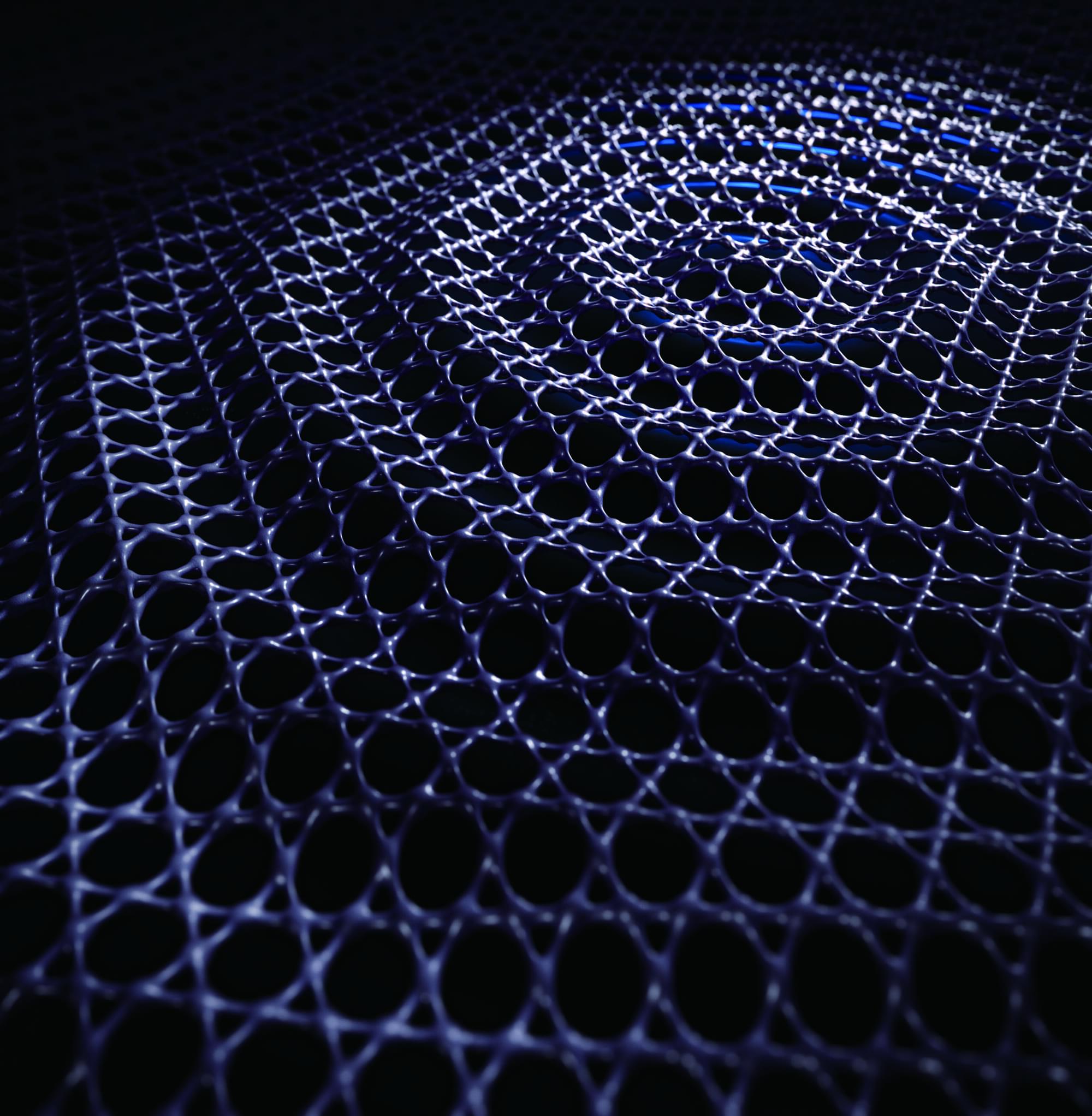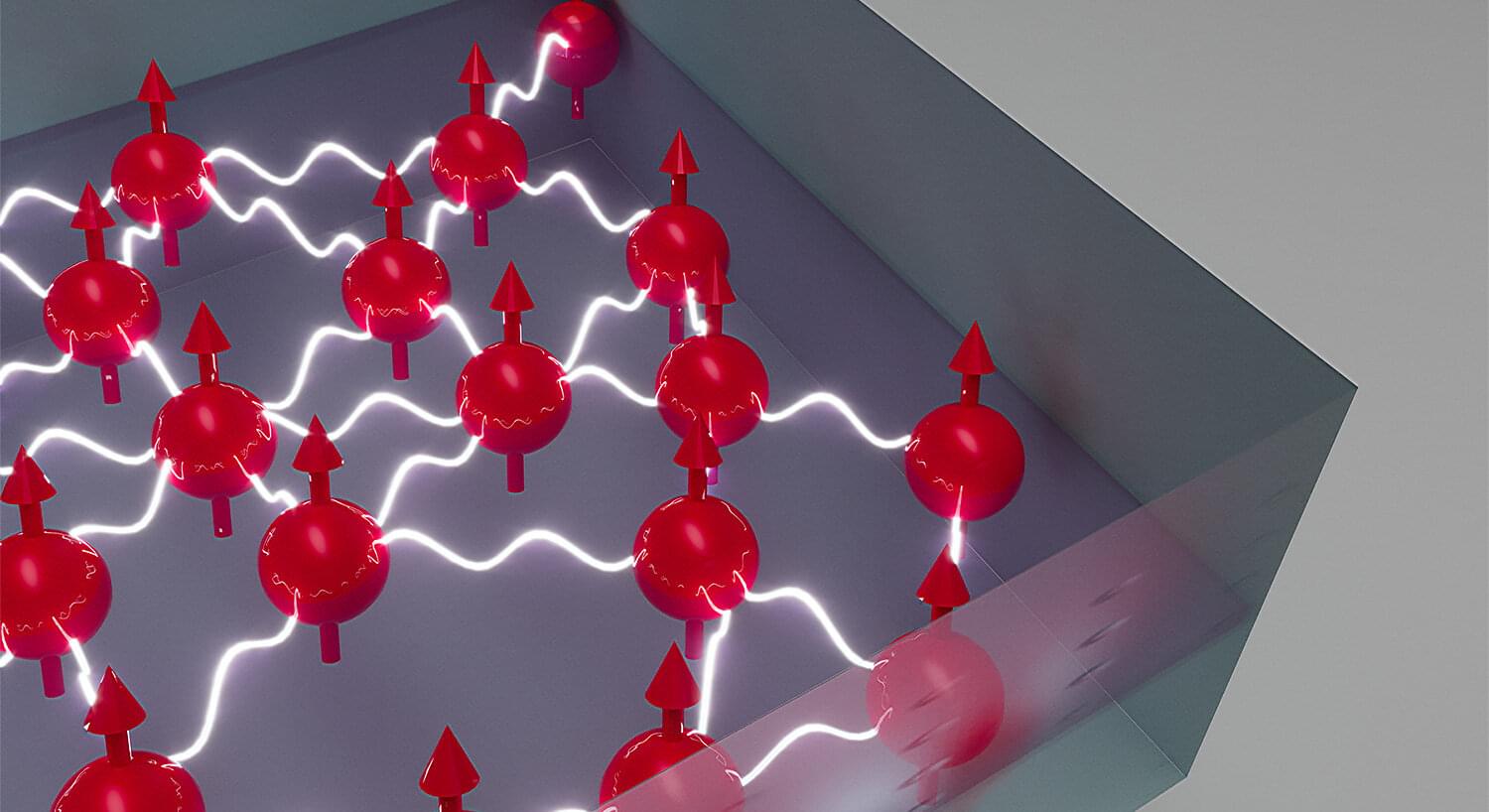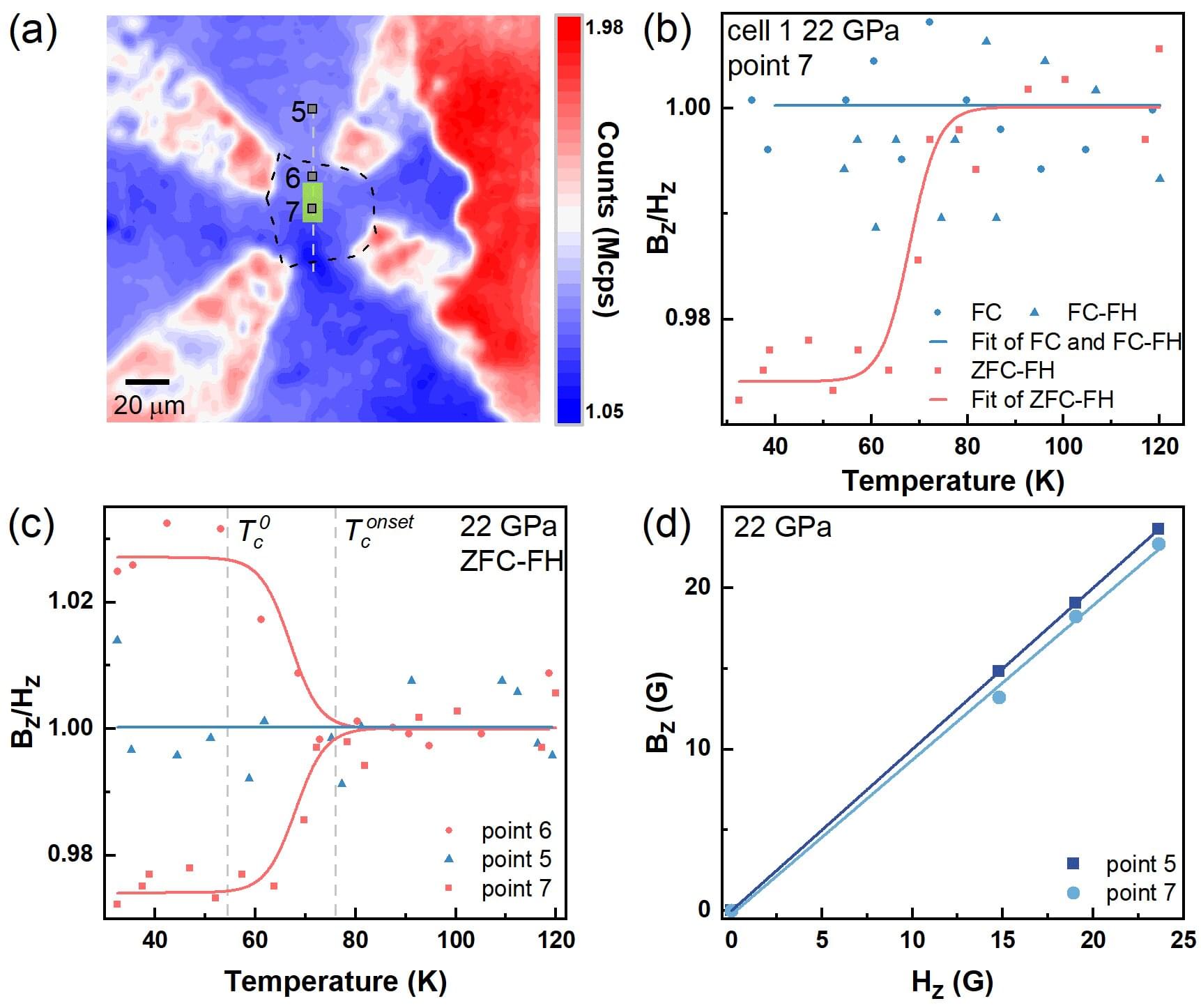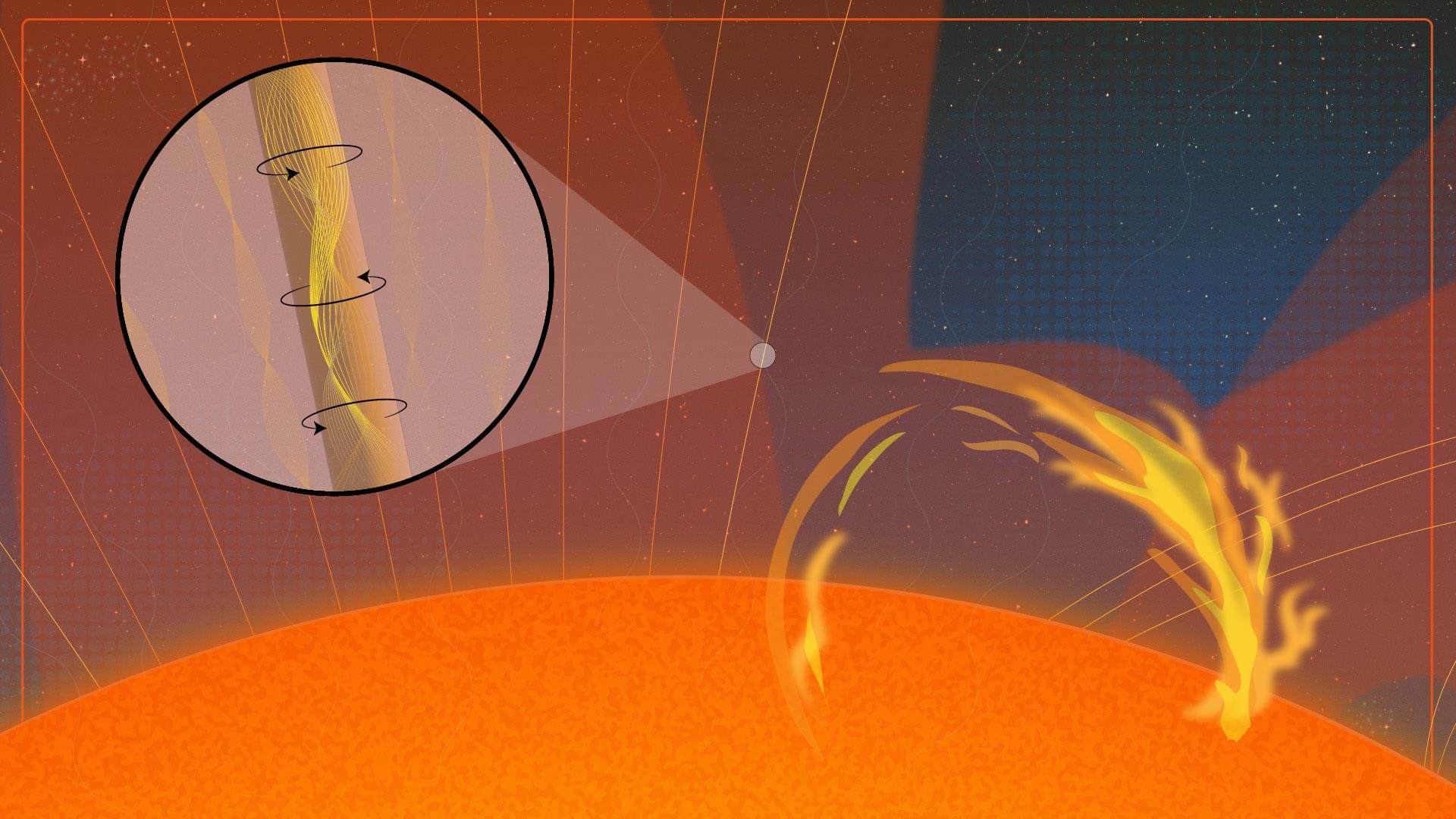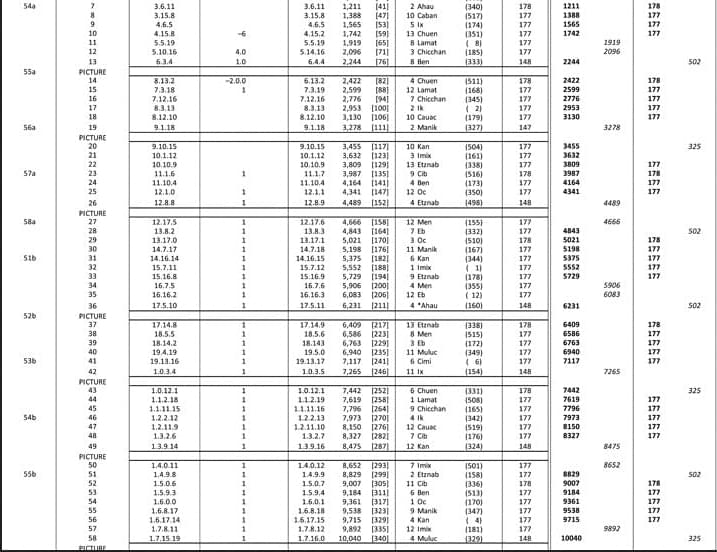Physicists at the Max Planck Institute for the Structure and Dynamics of Matter (MPSD) in Hamburg have discovered a striking new form of quantum behavior. In star-shaped Kagome crystals—named after a traditional Japanese bamboo-basket woven pattern—electrons that usually act like a noisy crowd suddenly synchronize, forming a collective “song” that evolves with the crystal’s shape. The study, published in Nature, reveals that geometry itself can tune quantum coherence, opening new possibilities to develop materials where form defines function.
Quantum coherence—the ability of particles to move in synchrony like overlapping waves—is usually limited to exotic states such as superconductivity, where electrons pair up and flow coherently. In ordinary metals, collisions quickly destroy such coherence.
But in the Kagome metal CsV₃Sb₅, after sculpting tiny crystalline pillars just a few micrometers across and applying magnetic fields, the MPSD team observed Aharonov–Bohm-like oscillations in electrical resistance. Thus showing that electrons were interfering collectively, remaining coherent far beyond what single-particle physics would allow.
